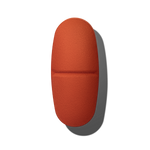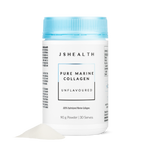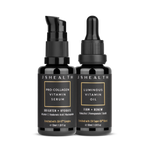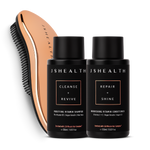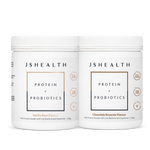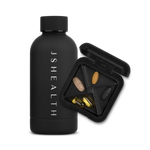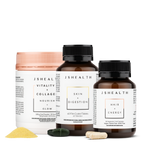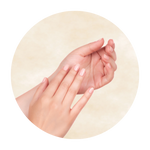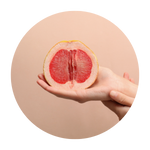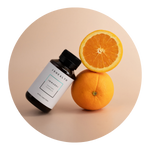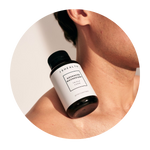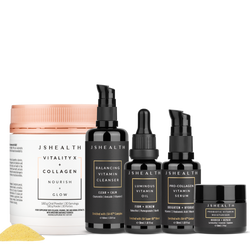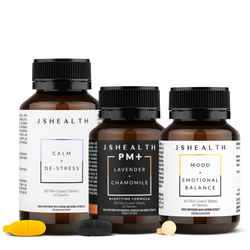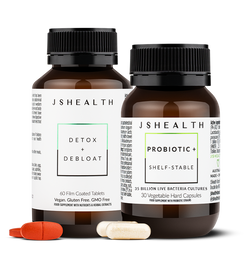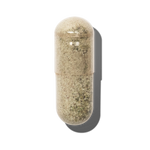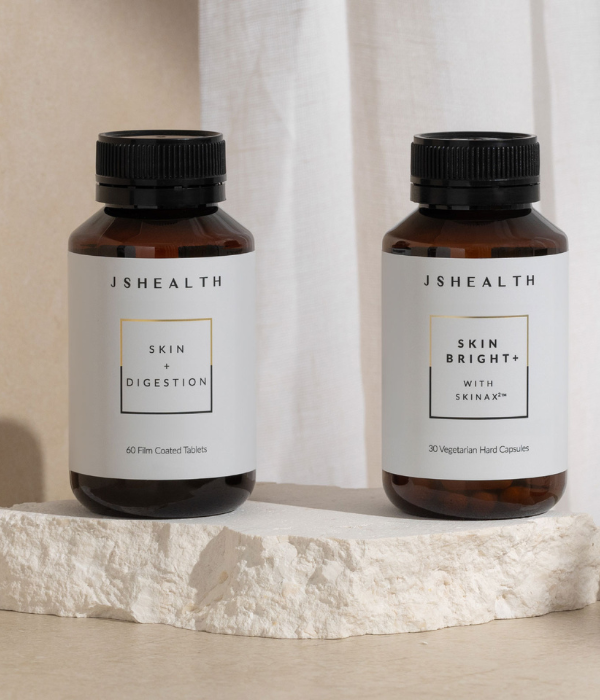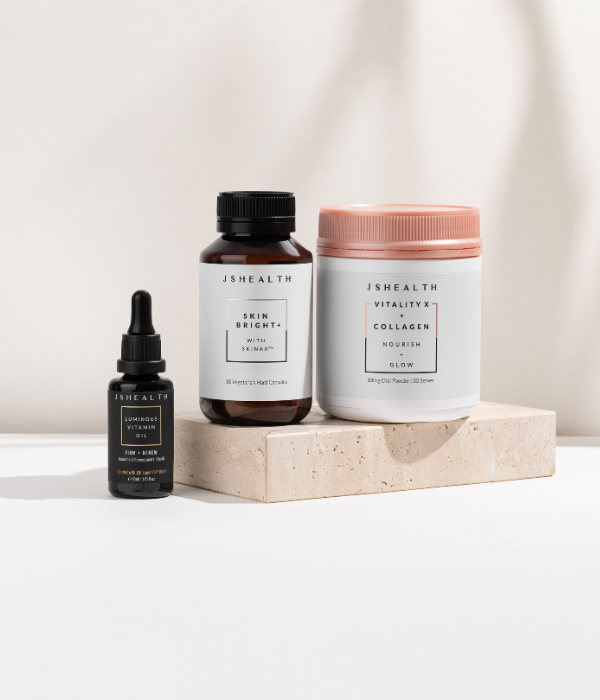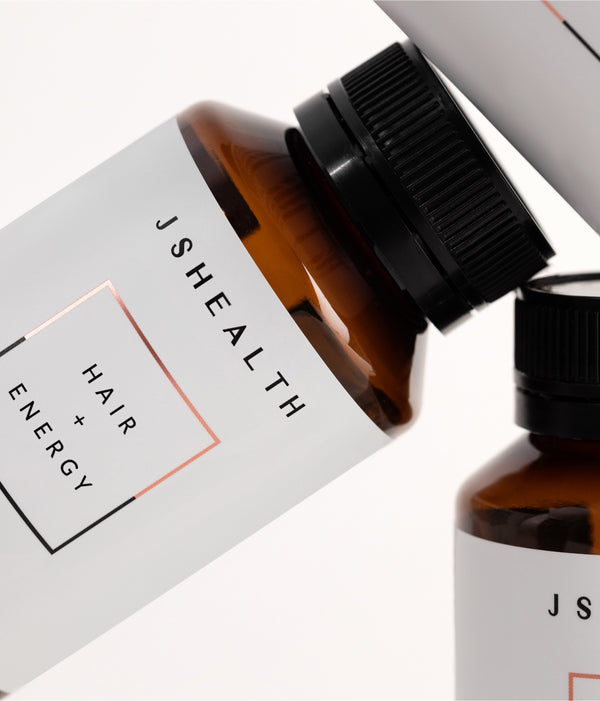Cranberry: Your Vagina's Superfood
Meet cranberry, nature's tangy red antioxidant-packed gem that could be thought of as your vagina's bestie! You may have heard of its medicinal use for female wellness and caring for down there. Cranberries have been a fixture in old wives' tales, traditionally used for centuries to promote urinary tract health. But is there any science behind the fabled “cure-all”?
Let’s unpack the benefits of cranberry, dissect some of the myths surrounding it and understand why we feature this star ingredient in our JSHealth Vaginal Probiotic+.
Cranberry: What, How + Benefits
What's unique about Vaccinium macrocarpon, otherwise known as cranberry? Its much-touted benefits come from an incredibly powerful antioxidant called proanthocyanidin. This special compound helps keep harmful bacteria out of your urinary tract, reducing the risk of getting an infection in the first place and helping to fight off any that do occur.
How does it work? By blocking bacteria from attaching to cells in the urinary tract walls. This way, cranberry establishes a defence at the source, making it harder for UTIs to take hold. These anti-adherent properties make cranberries useful for treatment and prevention, especially in those who are prone to recurrent cystitis.
The perks of cranberry don't stop there: this antioxidant also has anti-inflammatory effects, as well as helping to regulate the pH of the vagina – crucial for maintaining a balanced vaginal microbiome and warding off infection.
Many studies have confirmed these wonderful benefits. A global study recently published by Cochrane Reviews* has determined that cranberry juice and its supplements reduce the risk of repeat symptomatic UTIs in women by more than a quarter, in children by more than half, and in people susceptible to UTI following medical interventions by about 53%.
However, it's important to note that cranberries are not a miracle cure-all. While it can help to reduce your risk of infection, cranberry should never be used in place of medical treatment for cystitis given by a health professional.
Mythbusting: Can cranberry juice treat UTIs?
One of the most pervasive myths about cranberries is that they can be used to "treat" an existing UTI. This isn't true – while cranberries can help to support urinary tract health, it's important to realise that you still need appropriate medical treatment from your healthcare professional if you do have a UTI. Speak to your physician before using any cranberry supplements to determine if it’s most appropriate for your needs and goals.
Another common myth is that drinking copious amounts of cranberry juice will flush out bacteria and therefore clear up a UTI. Unfortunately, this isn’t factual either – you need to be drinking cranberry on an ongoing basis for it to maintain its protective effects.
Cranberry exerts its effect in 2 ways through anti-adhesive properties from the proanthocyanidins*:
- Reducing the amount of E. coli in the urine
- Making it harder for bacteria to stick to cells in the urinary tract walls
While these properties can help reduce the risk of infection, they won't necessarily eradicate existing bacteria in your urinary tract.
Why we chose Cranberry for our JSHealth Vaginal Probiotic+
To draw on the powerful benefits, we've added Cranberry as a key ingredient in our JSHealth Vagina Probiotic+ blend. We’ve also carefully included probiotics Lactobacillus rhamnosus and Lactobacillus reuteri*, scientifically proven to support vaginal healthy flora.
This nutritionist-designed combination of Cranberry and Probiotics helps to support the entire vaginal environment – all in a pretty pink capsule, taken once daily. The cranberry works as an antioxidant and supports urinary tract health in females, while the probiotics support balance in your vaginal microflora plus support vaginal health.
References:
*Howell, A.B. (2007). Bioactive compounds in cranberries and their role in prevention of urinary tract infections. Molecular Nutrition & Food Research, 51(6), pp.732–737. doi:https://doi.org/10.1002/mnfr.200700038.
